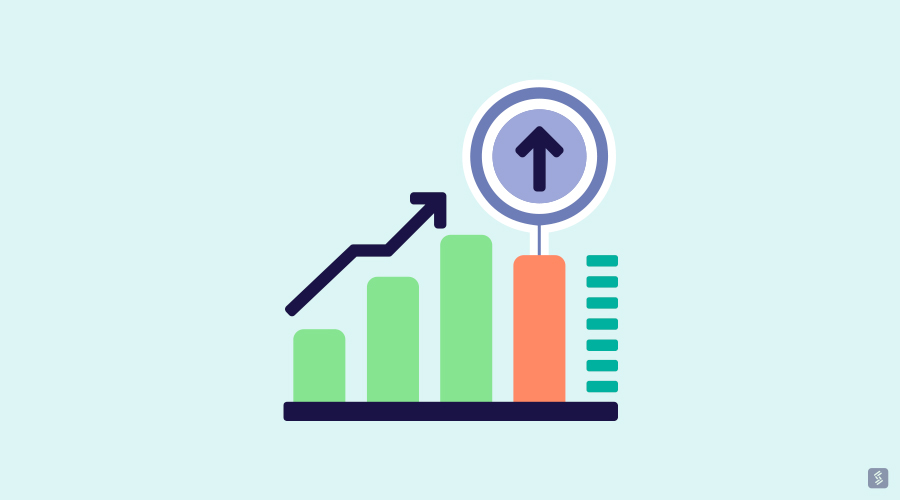What is sales conversion rate?
Sales conversion rate, also known as conversion rate, is a key metric in sales and marketing that measures the percentage of potential customers who take the desired action, usually making a purchase. . It quantifies how effectively you turn leads or prospects into actual paying customers.
Sales conversion rates are used in a variety of contexts, including e-commerce, digital marketing, lead generation, and sales funnels, and they can vary widely by industry , product type and even time of year. Monitoring and optimizing conversion rates can help businesses identify areas of improvement in their marketing and sales processes, leading to increased revenue and improved ROI on marketing campaigns.
How to calculate sales conversion rate?
Calculating sales conversion rate is a simple process. To calculate conversion rate, you need to know the number of conversions (e.g. sales, signups, inquiries) and the total number of leads or customers.

Sales conversion rate formula
Conversion rate = (Conversions / Total Leads or Leads) * 100%
In this formula:
- "Conversions" refers to the total number of people or organizations that completed the desired action, such as making a purchase or signing up for a service.
- "Total leads or leads" represents the initial group of leads or customers exposed to your sales or marketing efforts.
The resulting percentage shows the fraction of your leads that successfully converted into customers.
For example, if you had 1,000 website visitors and 50 of them made a purchase, your conversion rate would be 5% (50 conversions divided by 1,000 leads multiplied by 100).
Steps to calculate sales conversion rate
Applying the sales conversion rate formula above, follow this step-by-step guide as follows:
- Identify desired action: Determine what constitutes a successful conversion for your business. It could be making a purchase, signing up for a newsletter, requesting a quote, or any other action that demonstrates valuable results.
- Data collection:
- Count "Conversions": This is the total number of individuals or organizations that completed the desired action within a specific time period. For example, if you have 30 customers make purchases in a month, your conversion count is 30.
- Determine "Total Leads or Leads": This metric represents the initial group of leads or customers who were exposed to your sales or marketing efforts during the same period time. For example, if 1,000 people visited your website that month, your total number of leads or customers is 1,000.
- Apply the Formula and Interpret the Results : The resulting percentage (in this case 3%) is your sales conversion rate. It indicates that 3% of your website visitors converted into customers by making a purchase within the specified time period.
- Track and analyze: Regularly track and analyze your sales conversion rates. Compare it over different time periods or for different marketing campaigns to evaluate the effectiveness of your marketing and sales efforts.
Use this data to make informed decisions and optimize your strategy to improve conversion rates.
Key metrics that impact sales conversion rates
Several key metrics can impact sales conversion rates, and tracking these metrics is critical to understanding and improving your conversion rates. Here are some key metrics that influence sales conversion rates:

Lead generation metrics
For lead generation businesses, metrics such as number of leads generated, lead quality, and lead source efficiency are critical in understanding conversion potential.
Key response time
For businesses with sales teams, the speed of responding to leads can have a significant impact on conversion rates. Quick responses often lead to higher conversion rates.
Conversion path length
This metric tracks the number of interactions or touchpoints a lead has with your business before converting. Understanding path length helps you optimize your sales funnel.
Average transaction size
The size of the transaction or average purchase can affect conversion rates. A higher average transaction size can lead to increased revenue even with the same number of conversions.
Interact with customers at the store
Metrics related to in-store customer interactions, such as the number of customers approached by staff, can influence conversion rates. Effective engagement can lead to higher sales.
Payment efficiency
The speed and convenience of the checkout process can affect conversion rates. Long payment lines or complicated procedures can frustrate customers.
Seasonal trends
Recognize and capitalize on seasonal, holiday, and event trends that can impact conversion rates, especially in retail.












Replies to This Discussion